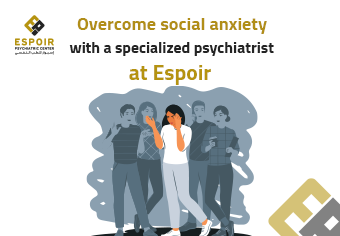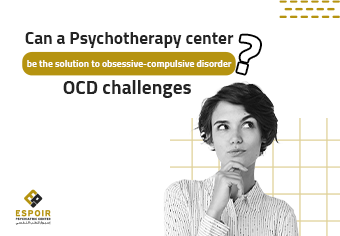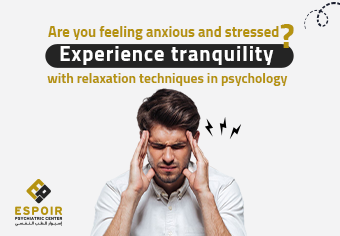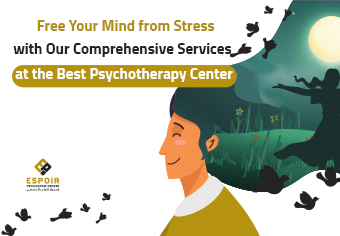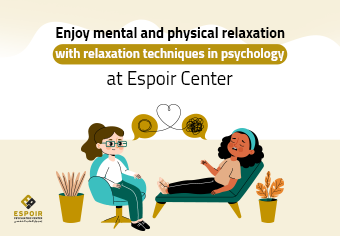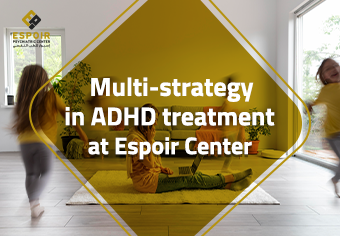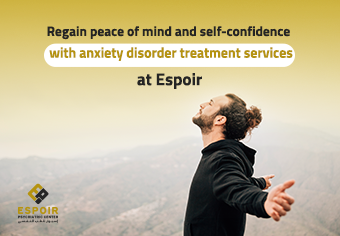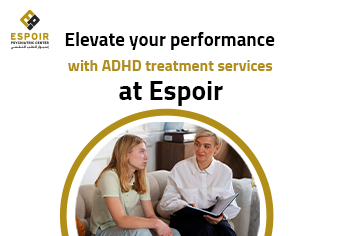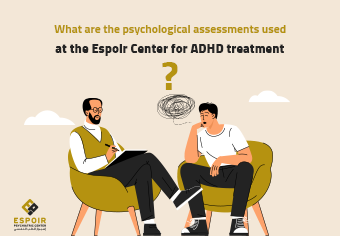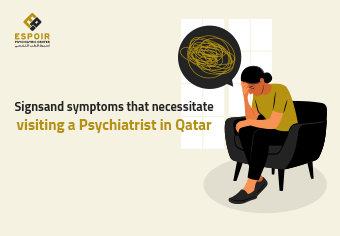
Attention deficit and its management are critical topics in our current fast-paced era. With the abundance of distractions from various sources such as technology, work, and social media, maintaining focus and attention has become a common challenge for many individuals. Attention deficit, characterized by difficulty concentrating for prolonged periods, significantly impacts productivity, learning, and overall well-being. Effectively managing attention deficit requires a multifaceted approach. Firstly, developing individual awareness and mindfulness can help identify moments of attentional drift and redirect focus to the task at hand. Additionally, establishing a structured routine, minimizing distractions, and breaking tasks into manageable chunks enhance focus and productivity. Moreover, strategies such as time management techniques, organization skills, and utilizing tools like lists and digital applications aid in task organization and attention improvement. In this article, we will delve into many details about ADHD treatment.
Attention Distractors:
Attention distractors are stimuli or factors that interfere with an individual’s ability to maintain focus and attention on a specific task or activity. These distractors can manifest in various forms and originate from both external and internal sources. Understanding the different types of these distractors is crucial for implementing effective strategies in ADHD Treatment effectively.
- External Distractors:
- Noise: Such as loud sounds from devices or the surrounding environment.
- Visual clutter: Like clutter in the classroom, workplace, or home.
- Interruptions: Such as phone calls or unexpected alarms.
- Internal Distractors:
- Distracting thoughts: Such as thinking about unrelated matters.
- Emotions: Like anxiety or stress resulting from work pressures.
- Physical sensations: Such as pain or uncomfortable physical discomfort.
- Technological Distractors:
- Notifications: Like text messages or social media notifications.
- Online browsing: Such as opening web pages or repeatedly watching videos.
- Individual Differences:
- Concentration ability: Differences in the ability to maintain focus for extended periods.
- Attention control: Differences in the ability to direct attention and prioritize important tasks.
Attention Deficit Hyperactivity Disorder (ADHD):
It is a neurodevelopmental disorder characterized by persistent patterns of inattention, hyperactivity, and impulsivity that significantly impair daily functioning and development. This disorder typically appears during childhood and can persist into adolescence and adulthood, necessitating families to seek ADHD Treatment at the best specialized center.
One of the primary symptoms of ADHD is hyperactivity, which refers to excessive and uncontrollable levels of physical activity. Children with ADHD may exhibit relentless movement, restlessness, and an inability to remain still for extended periods. Additionally, they may engage in behaviors such as excessive running or climbing, even in inappropriate situations.
Hyperactivity in children with ADHD presents challenges in various environments, including school, home, and social settings. In educational environments, excessive behavior of children with ADHD may disrupt classroom activities, impact academic performance, and disrupt interactions with peers. At home, children with ADHD may struggle with following rules, completing tasks, or participating in quiet activities.
The exact cause of ADHD is not fully understood, but it is believed to result from a combination of genetic, environmental, and neurological factors. Certain risk factors, such as a family history of ADHD, exposure to toxins during pregnancy, premature birth, or prenatal substance use, may increase the likelihood of developing the disorder.
ADHD Treatment involves a comprehensive approach that combines behavioral therapy, psychoeducation, and medication management. Behavioral interventions focus on teaching children coping strategies, organizational skills, and self-regulation techniques to manage impulsivity and hyperactivity. Additionally, psychoeducation helps children and their families understand the nature of ADHD and develop supportive strategies for managing symptoms.
In some cases, medication may be prescribed to help alleviate symptoms of hyperactivity and improve attention and impulse control. Commonly prescribed medications for ADHD include stimulants such as methylphenidate and amphetamines, as well as non-stimulant medications like atomoxetine and guanfacine.

In conclusion,
effectively managing and ADHD Treatment is crucial for both children and adults to succeed in their personal and professional lives. By understanding the different types of attention distractors and implementing targeted strategies, individuals can enhance their ability to stay focused and productive. Seeking professional support and guidance, such as that provided by Espoir Therapy Center in Qatar, offers valuable resources and therapeutic interventions to address the challenges of attention deficit. With the right tools, support, and appropriate treatment, individuals can overcome obstacles related to attention deficit and lead fulfilling lives. With Espoir Center, rest assured about your children and your academic and professional future with the best specialists, doctors, and psychological consultants.


